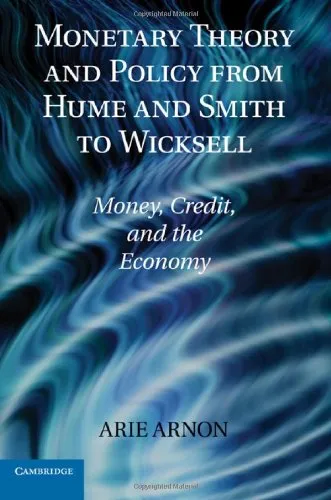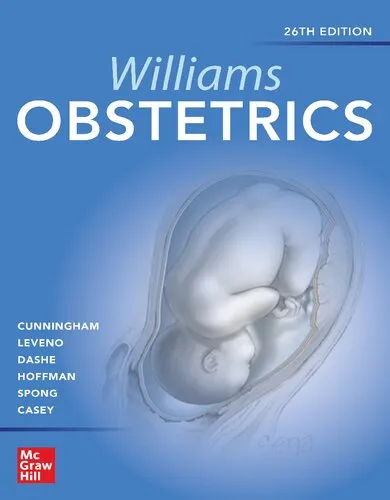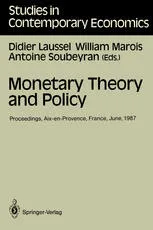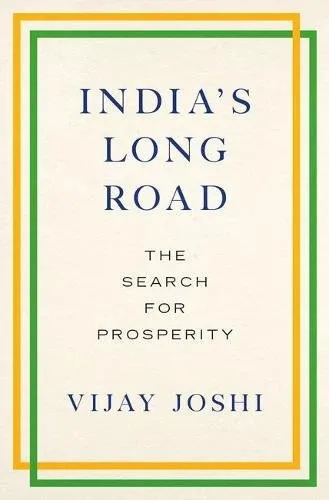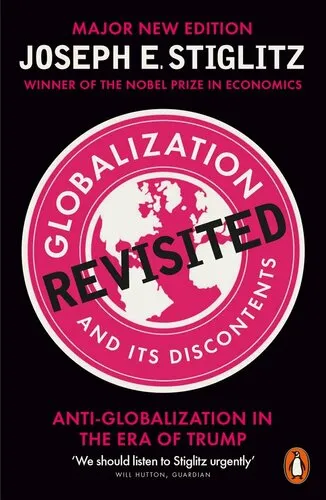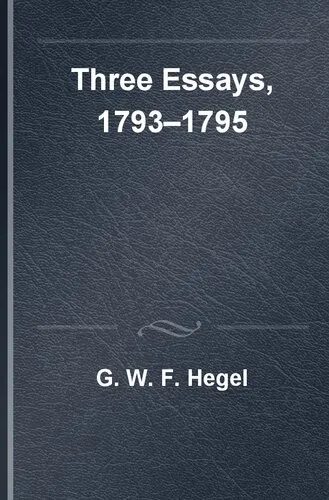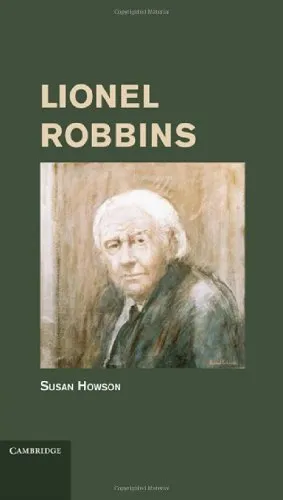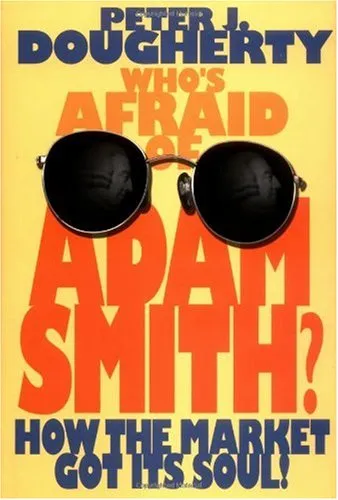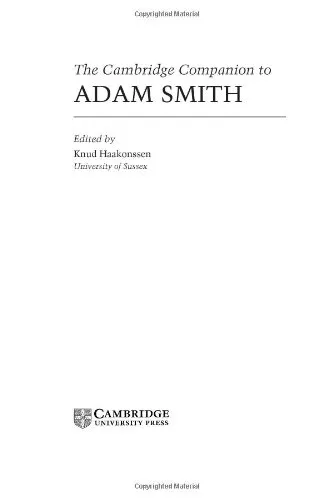Monetary Theory and Policy from Hume and Smith to Wicksell: Money, Credit, and the Economy (Historical Perspectives on Modern Economics)
4.3
Reviews from our users

You Can Ask your questions from this book's AI after Login
Each download or ask from book AI costs 2 points. To earn more free points, please visit the Points Guide Page and complete some valuable actions.Related Refrences:
Introduction to "Monetary Theory and Policy from Hume and Smith to Wicksell: Money, Credit, and the Economy"
A comprehensive exploration of the evolution of monetary theory from classical to early modern economic thought.
Detailed Summary of the Book
This book delves into the fascinating journey of monetary theory from the 18th to the 20th century, examining the impactful contributions by some of the greatest economists in history. Starting from David Hume and Adam Smith, it traces the development of ideas and theories that ultimately shaped modern monetary policy. The work of key figures like John Stuart Mill, Karl Marx, and Knut Wicksell is meticulously analyzed to show the evolution of thought concerning money, credit, and the economy.
Through its pages, readers are invited to explore how these economists tackled questions about inflation, the nature of money, the role of banks, and the intricate dynamics of credit. The book highlights the shifting views on these subjects and how these ideas have laid the groundwork for contemporary economic policy-making. Each chapter provides a contextual backdrop, allowing readers to understand the socio-economic conditions that prompted different thinkers to arrive at their conclusions.
Key Takeaways
- Comprehensive historical analysis of monetary theory from the 1700s to early 1900s.
- Insight into the contributions of influential economists like Hume, Smith, Mill, Marx, and Wicksell.
- Understanding the evolution of money, credit, and banking concepts over centuries.
- Recognition of how historical economic thought influences modern monetary policies.
Famous Quotes from the Book
"In seeking to understand the monolith that is modern economics, we must turn to the giants of the past whose insights continue to inform our economic landscape."
"The journey of money and credit through history is the story of human endeavor, aspiration, and the relentless pursuit of economic stability and growth."
Why This Book Matters
This book is a critical resource for students, historians, and economists alike. It offers a thorough understanding of the progression of monetary theory and policy, providing insights into how past economic philosophies have shaped present-day policies. For anyone seeking to grasp the complexities of current economic frameworks, this book serves as an indispensable guide that bridges the gap between historical economic theories and contemporary policy practices. The historical context provided throughout the work is essential for anyone looking to study economics within a broader analytical frame.
Moreover, the book emphasizes the importance of learning from historical perspectives to better address current and future economic challenges. By understanding the intellectual journey from thinkers like Hume and Smith to Wicksell, readers gain a holistic view of the dynamic field of economics, appreciating its nuanced heritage and ongoing evolution.
Free Direct Download
You Can Download this book after Login
Accessing books through legal platforms and public libraries not only supports the rights of authors and publishers but also contributes to the sustainability of reading culture. Before downloading, please take a moment to consider these options.
Find this book on other platforms:
WorldCat helps you find books in libraries worldwide.
See ratings, reviews, and discussions on Goodreads.
Find and buy rare or used books on AbeBooks.
1340
بازدید4.3
امتیاز0
نظر98%
رضایتReviews:
4.3
Based on 0 users review
Questions & Answers
Ask questions about this book or help others by answering
No questions yet. Be the first to ask!
